I arrived in Raleigh yesterday afternoon, after a two-leg from Austin, Texas. It was my first time home since the election, and while driving me to the house, Brenda was going on and on about Obama’s press conference, how refreshing it was to ….
While away, I was part of a dozen or so energetic conversations with teachers, education leaders, and even ed publishers about new directions for schooling in the U.S. and especially concerning possible appointments to the Department of Education. A few names are being bandied about, but the bottom line is a change in direction.
This morning, with the buffer of yesterday afternoon’s four mile walk through the autumny spender of North Raleigh, and a good nights sleep in my own bed — not to mention the satisfaction of knowing that I won’t be flying out again for a good number of days — I’m sifting through some ideas of that might actually be helpful as we focus our thoughts collectively.
..and as a result, I’ve been coding this morning, and now launching Big Ideas 4 Education. This is just a temporary thing, but a chance for us to cast about ideas for priority actions that might be made by a newly forward-facing U.S. Education Department.
The project features four phases.
Phase 1
Spend about two-and-a-half days composing and posting clear and succinct (140 character limit) priority actions for a U.S. Ed Department aimed at promoting and empowering a system that better prepares today’s children for their future.
Phase 2
The Big Ideas web site will change, consisting of a list of the items that were posted. We, will collectively match up similar items into the basic foundation topics. Nothing will be deleted, only linked.
Phase 3
The basic topics that emerge will be listed, with associated items linked in, with a request that education bloggers and micro-bloggers post their insights about specific topics of interest.
Phase 4
Finally, the main topics will be listed, with links to an aggregation of associated blogs and micro-blogs. Educators will then be asked to visit the list and prioritize the list by order of importance and logical sequence.
You can help to advertise the project by including the following code in the side bar of your blog, producing the lovely badge to the left.
 |
<a href="javascript:window.open('http://landmark-project.com/bigideas/', '_blank', 'width=700, height=600, toolbar=yes, menubar=yes, scrollbars=yes, resizable=yes, location=yes');void(0);"><img src="http://davidwarlick.com/images/bigideas_badge.jpg" border="0" /></a>
|
I look forward to reading your ideas…
Cheers!
Powered by ScribeFire.


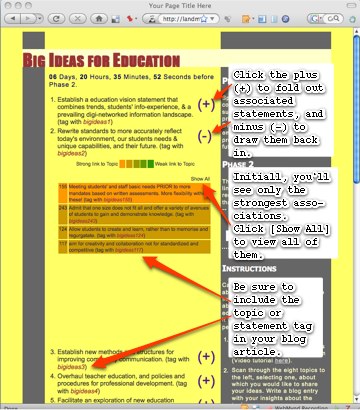




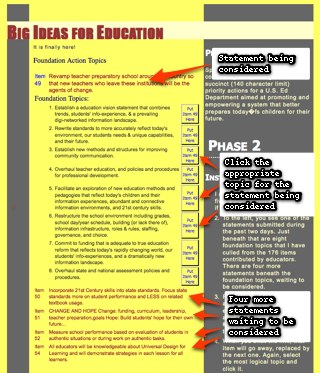



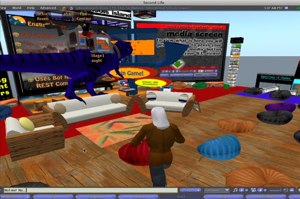
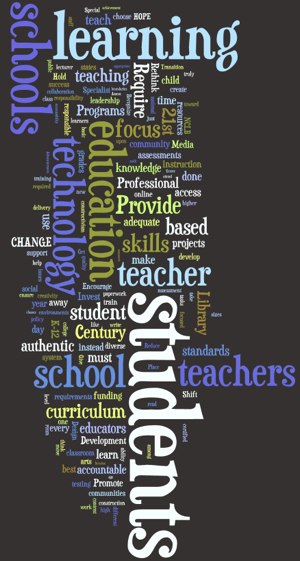 I’m spending the morning reviewing the statements collected so far on the
I’m spending the morning reviewing the statements collected so far on the 
 I’m still having some difficulty understanding what this will look like and the diagram above doesn’t help. You can view videos, however, at
I’m still having some difficulty understanding what this will look like and the diagram above doesn’t help. You can view videos, however, at 
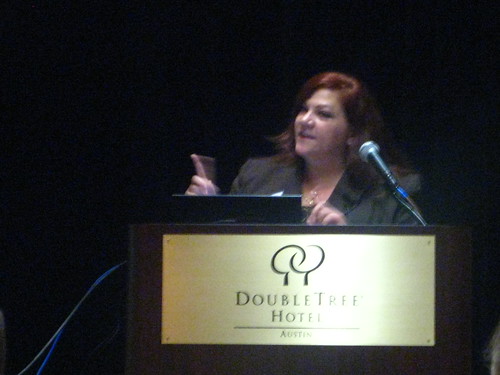 I’m getting to do a lot more sitting at the Austin, Texas TechForum. It’s the beginning of the conference, and Sheryl Nussbaum-Beach is starting her keynote address about student passion. As a note, I’ll be uploading this regularly with my own comments in italics — and also my native misspellings and awkward wording.
I’m getting to do a lot more sitting at the Austin, Texas TechForum. It’s the beginning of the conference, and Sheryl Nussbaum-Beach is starting her keynote address about student passion. As a note, I’ll be uploading this regularly with my own comments in italics — and also my native misspellings and awkward wording.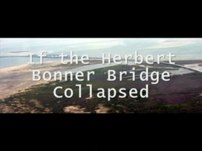 bridge to the Outer Banks that is one of the most at-risk bridges in the US, connecting over 40,000 people to the country — an area that is regularly threatened by hurricanes.
bridge to the Outer Banks that is one of the most at-risk bridges in the US, connecting over 40,000 people to the country — an area that is regularly threatened by hurricanes.